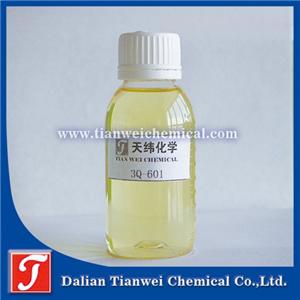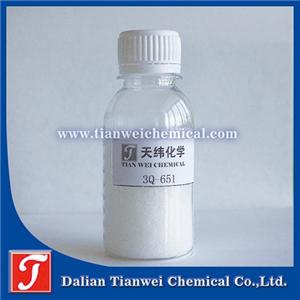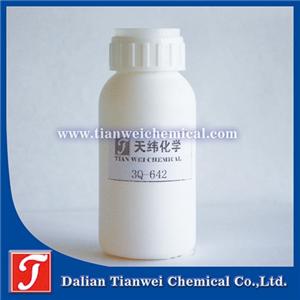Antibacterial agents for polyester fabrics: the power of science and technology to protect health
In modern life, with the continuous improvement of people's awareness of hygiene and health, the application of antibacterial fabrics is more and more extensive. Polyester, as a common synthetic fiber, is widely used in clothing, home, medical and other fields because of its excellent physical and chemical properties. In order to further improve the hygiene performance of polyester fabric, polyester fabric antibacterial agents came into being. Let's discuss the mechanism of action, types, application advantages and selection criteria of antibacterial agents for polyester fabrics.
First, the mechanism of antibacterial agent for polyester fabric
The antibacterial agent of polyester fabric exerts its antibacterial effect in many ways, including destroying bacterial cell membrane, interfering with bacterial metabolism and inhibiting bacterial enzyme activity. These antibacterial agents can destroy the integrity of bacterial cell membranes, resulting in the leakage of bacterial cell contents, thus achieving the effect of inhibiting bacterial growth. At the same time, they can also interfere with the metabolic process of bacteria, blocking their normal energy supply and material transport, so that bacteria can not grow and reproduce normally. In addition, antibacterial agents can also inhibit the activity of enzymes inside the bacteria, destroy the metabolic balance of the bacteria, and further inhibit the growth of the bacteria.
Second, the types of antibacterial agents for polyester fabrics
Polyester fabric antibacterial agents can be divided into inorganic antibacterial agents, organic antibacterial agents and natural antibacterial agents in accordance with the type of three categories.
Inorganic antimicrobials: mainly include metal element antimicrobials and photocatalytic antimicrobials. The main antibacterial agents of metal elements are silver, zinc and copper, among which silver antibacterial agents are favored because of their colorless, non-toxic and strong antibacterial ability. The photocatalytic antibacterial agent is represented by TiO2, which has the advantages of low price, good stability and strong environmental protection, etc. The fabric modified by TiO2 also has many functions such as anti-ultraviolet, anti-static, anti-fouling and deodorization.
Organic antimicrobials: There are many kinds and low prices on the market. However, some of the shortcomings of organic antibacterial agents such as poor heat resistance, easy decomposition, easy to produce resistance limit their application in the textile field. Organic antibacterial agents can be divided into quaternary ammonium salts, guanides, phenols and so on.
Natural antimicrobials: mainly include plant source antimicrobials and animal source antibacterial agents. Plant derived antibacterial agents are derived from bamboo, licorice, tea and other Chinese herbs, while animal derived antibacterial agents are mainly chitosan extracted from shrimp, shells and other animals. Natural antimicrobials have the advantages of broad-spectrum antibacterial activity, safety, non-toxicity and abundant resources.
Third, the application advantages of antibacterial agents for polyester fabrics
Durability: The antibacterial agent of polyester fabric can maintain the antibacterial effect for a long time, and it is not easy to lose and disappear, ensuring that the fabric continues to play the antibacterial effect during use.
Safety: The high quality polyester fabric antibacterial agent is non-toxic and harmless to the human body and the environment, will not have a negative impact on human health, in line with environmental standards.
Broad spectrum: The antibacterial agent of polyester fabric has an inhibitory effect on a variety of bacteria, and can effectively respond to the challenges of various types of bacteria.
Enhance fabric value: Add antibacterial agent polyester fabric on the basis of maintaining the original performance, increase the antibacterial function, improve the market competitiveness of the fabric.
As an important means to improve the hygiene performance of polyester fabrics, antibacterial agents play an increasingly important role in modern life. Through in-depth understanding of their mechanism of action, types, application advantages and selection criteria, we can better select and apply these antimicrobials to bring more health and comfort to people's lives. With the continuous progress of science and technology and the continuous improvement of people's demand for health, the application prospect of antibacterial agents for polyester fabrics will be broader.




